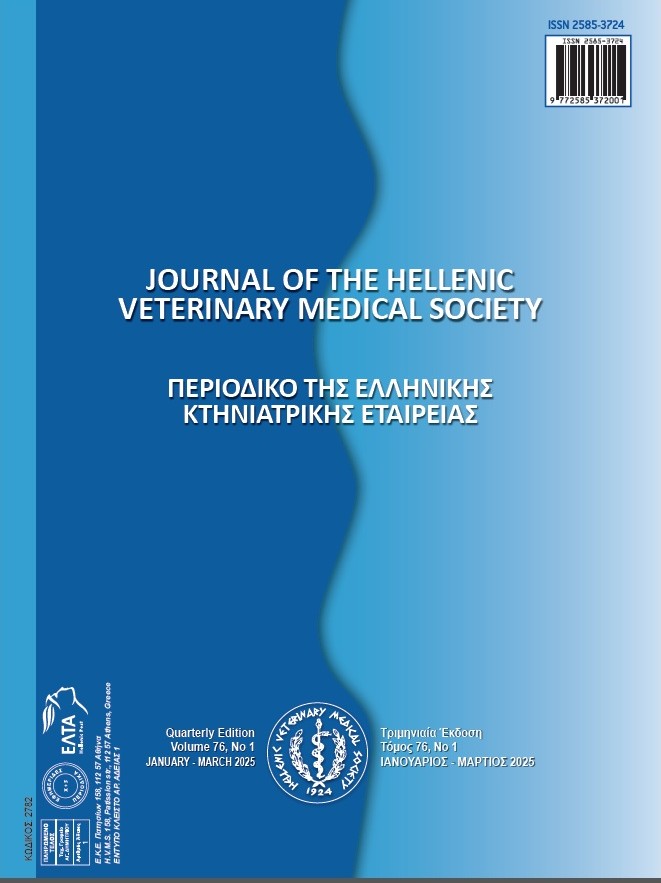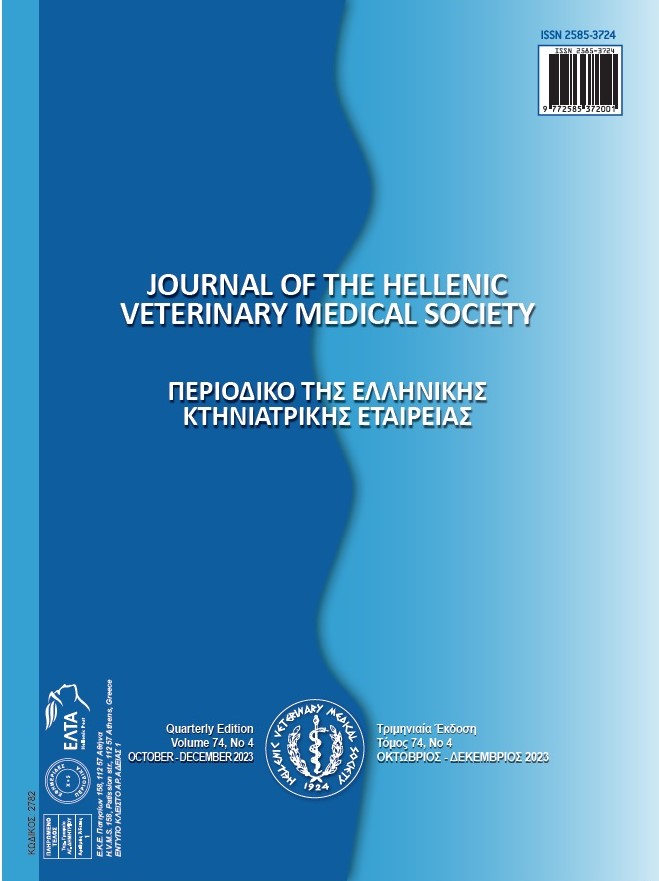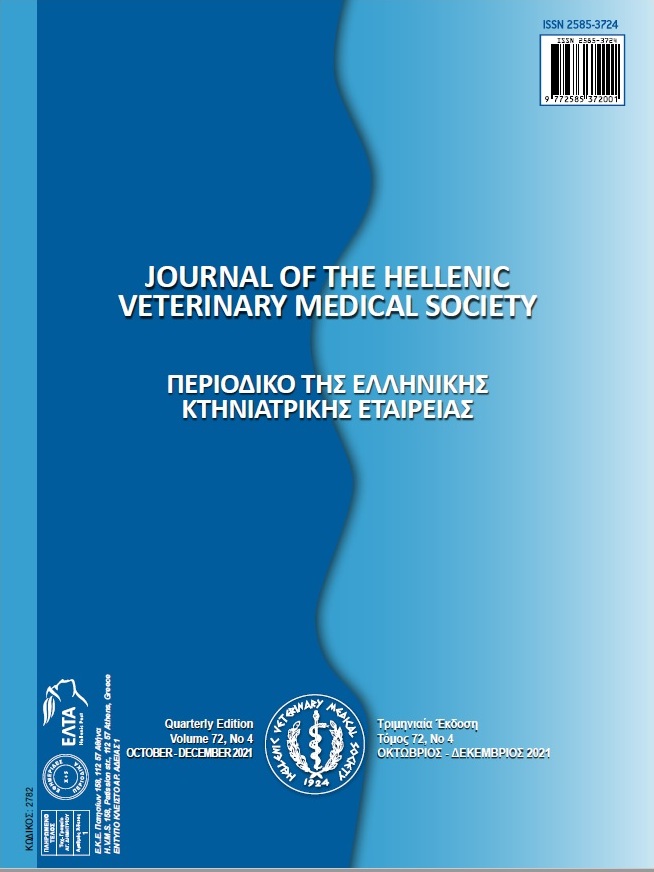Prevalence of Varroa and Acarapis woodi mites and Nosema in honey bee colonies of Kermanshah Province, Iran
Résumé
Varroa and Acarapis woodi mites and Nosema are the most important bee pathogens and cause a lot of damage to the apiculture industry. This study aimed to investigate the infection of Varroa and Acarapis woodi mites and Nosema among bee colonies in Kermanshah. For this purpose, 25 apiaries with at least 50 colonies were randomly selected, and eight colonies from each apiary were randomly selected for sampling (200 colonies in total). From each colony, 100 adult bees were collected from around and inside the hive and transferred to the laboratory. Also, the bottom debris of each colony was collected separately in unique bags. A 5 × 5 cm piece of wax containing larval cells was also cut from each colony. Varroa debris and neonatal cells were examined for Varroa infection in adult bee samples in the laboratory. The experiments were performed on adult bees to determine infection with Acarapis and Nosema. The results showed that 88% of studied apiaries and 32.5% of colonies were infected with Varroa. Also, 16% of apiaries and 7% of colonies showed Acarapis woodi infection, while 76% of apiaries and 34% of colonies were infected with Nosema. Most Varroa infections were found in adult bees. The results show that high infection with bee parasites, especially Varroa and Nosema, in the apiaries of Kermanshah, requires structural reform, management, and training of beekeepers to reduce these risks.
Article Details
- Comment citer
-
Rezaei, F., & Karimi-Dehkordi, M. (2025). Prevalence of Varroa and Acarapis woodi mites and Nosema in honey bee colonies of Kermanshah Province, Iran. Journal of the Hellenic Veterinary Medical Society, 76(1), 8513–8520. https://doi.org/10.12681/jhvms.31571
- Numéro
- Vol. 76 No 1 (2025)
- Rubrique
- Research Articles

Ce travail est disponible sous licence Creative Commons Attribution - Pas d’Utilisation Commerciale 4.0 International.
Authors who publish with this journal agree to the following terms:
· Authors retain copyright and grant the journal right of first publication with the work simultaneously licensed under a Creative Commons Attribution Non-Commercial License that allows others to share the work with an acknowledgement of the work's authorship and initial publication in this journal.
· Authors are able to enter into separate, additional contractual arrangements for the non-exclusive distribution of the journal's published version of the work (e.g. post it to an institutional repository or publish it in a book), with an acknowledgement of its initial publication in this journal.
· Authors are permitted and encouraged to post their work online (preferably in institutional repositories or on their website) prior to and during the submission process, as it can lead to productive exchanges, as well as earlier and greater citation of published work.





